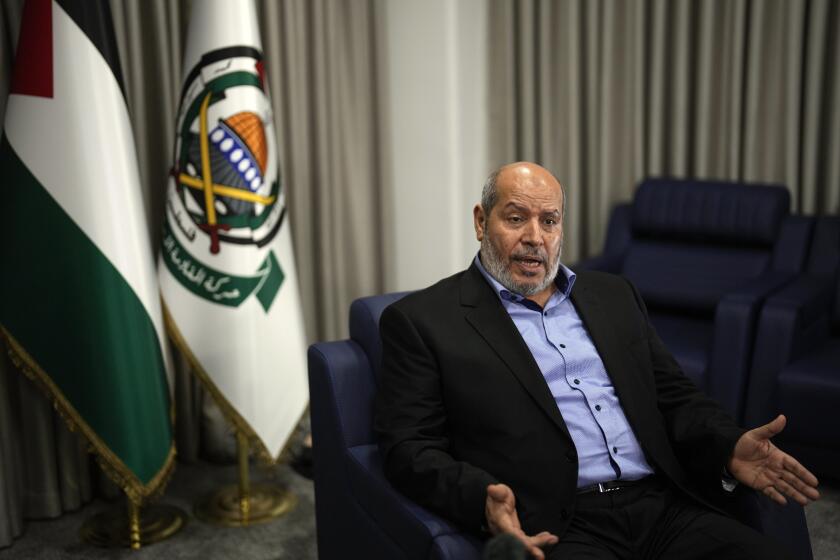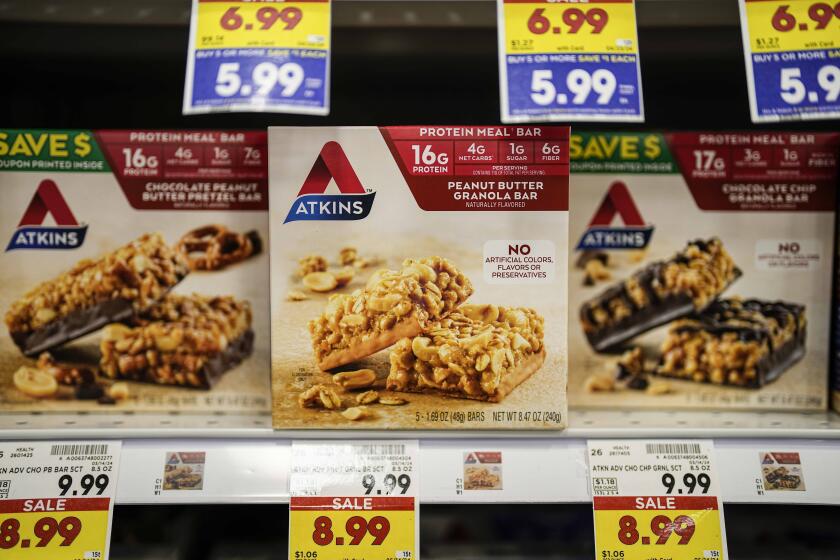Doctor shortage forecast in US, but foreign docs struggling to get licensed
The practice of medicine in the US may well find itself in intensive care in the coming years due to the high demand for physicians, but ironically foreign-born doctors are struggling to get licensed in this country.
According to the Association of American Medical Colleges, a deficit of 121,000 physicians is projected for 2030 in the US, a scenario that could be alleviated if the procedures whereby thousands of foreign physicians get certified can be streamlined.
“I admire the dedication with which these doctors are devoting themselves to the course of study. They are completely focused on their studies and are participating in all the activities that we’re organizing for their training, including ... on the weekends,” Julio Giron, the head of the Kaplan Test Prep headquarters in Miami, told EFE.
The company - which also has offices in Chicago, Pasadena, New York and Houston - specializes in preparing people to take dozens of standardized tests and licensing exams, including the US Medical Licensing Examination, and later for their residency period in hospitals and medical centers.
A foreigner or immigrant who graduates from a medical program in their homeland - after, on average, seven years of study - who wants to make the difficult transition to pursuing the medical profession in the US first must get through the procedure to acquire a student visa and take an English exam.
Then, they will have to study in the US for an average of about three years to be able to pass the four exams making up the USMLE and be able to foot the bill for all that study and test prep with online courses costing up to $30,000.
Finally, the years of residency remain and the length of time spent in this phase depends on the area of specialty.
Alvaro Soria, from Bolivia, is one of the thousands of Latinos, who make up the majority of students, who are preparing for the exam by studying eight hours a day in class, at home, in local cafes and on the University of Miami campus.
“Our aim is to pass this exam,” Soria told EFE, noting that he’s been in the program for three months and has set this goal for himself both because of his passion for medicine and out of gratitude to his family.
He said that his older brother Sergio emigrated to the US after graduating as an odontologist in Bolivia, but he never was able to practice his profession in the US and is currently paying for his younger brother’s studies.
“It’s a lot harder than I thought, but my gratitude to him and to my mother gives me strength,” Soria said.
Even if they make it through the entire process, Soria and his fellow students will face the dilemma of how to work in the US when their student visas have expired.
“The US has an enormous scarcity of doctors but those who are trying to validate their degrees here, when they finally get them, don’t find it easy to work,” immigration attorney Tammy Fox-Isicoff told EFE.
The procedure, she said, includes applying for a J visa, which is granted in situations where someone is obtaining professional training but it obligates the recipients to return to their countries of origin for two years when they have finished the residency period, thus running the risk that they will “lose their contacts and forget what they (learned) here.”
The other option would be to compete for one of the 65,000 H1B visas, which are the ones employers extend to professionals after they graduate - and they are much in demand.
Fox-Isicoff said that the scenario has gotten more complicated because of the tightening of immigration policies by the Donald Trump administration.
The most recent AAMC report said that there is a serious threat that the US will have a shortage of doctors by 2030, in particular in four broad categories: primary care, medical specialties, surgical specialties and other specialties.



